“Don’t go in there.” The final girl. Jump scares. These are some of the many tropes featured in horror films. Aside from these well-loved cliches, the character’s actions make horror films entertaining, especially when they are in life-or-death situations. A character could be alone inside their house when they suddenly hear someone making noises across the hallway. Instead of running away and calling for help, they slowly walk toward the noise. As suspense builds, they call out “Who’s there?” The camera pans down to show they have a weapon in their hand; they are ready to fight heroically against the murderer.
Most of these scenarios are present in early horror film franchises from the 1970s. After Hollywood lifted the Hays Code in 1968, directors began to add more explicit violence and foul language to their films. During this time, Hollywood produced low-budget horror films that are still considered cult classics today. These include John Carpenter’s “Halloween,” Robert Hiltizick’s “Sleepaway Camp” and Tom Holland’s “Child’s Play.” Studios greenlit sequels to these horror films because they were cheap to make and easily profitable. However, these later installments arguably decreased in quality over time. For instance, the “Halloween” franchise began to lose momentum in its fifth installment, “Halloween 5: The Revenge of Michael Myers,” which was released in 1989. The film scored a 12% on Rotten Tomatoes. Its unpopularity was due to the franchise’s original directors and writers not contributing to the film, as well as its overuse of horror cliches.
Audiences became fatigued by these mediocre horror films until the 1990s. Even though cinephiles believe the 90s was the worst decade for horror films, some movies still took risks to make their content original. One way directors expanded the horror genre was by adding comedy to balance the suspenseful tone. For example, the “Child’s Play” franchise went from being serious to campy in “Bride of Chucky.”
The one horror franchise that fully embraces the genre’s formula and continues to exceed audiences’ expectations is Wes Craven’s “Scream.” The film, which was released in 1996, follows Sidney Prescock (Neve Campell) and her teenage friends, who live in the fictional town of Woodsboro, California. Their lives change when they discover that a killer in a Halloween costume, known as Ghostface, murdered their classmates. Sidney and her friends must unmask the killer before they become the next victims, and everyone is a suspect. “Scream” is a satire that flaunts horror film cliches. The characters watch horror films and understand the rules of surviving in them. They review these films, including the original “Halloween” and “Prom Night,” and ask each other what their favorite scary movie is. In each addition to the franchise, the reveal of the Ghostface killers expands upon Sidney’s dark family history and her legacy as the final girl. Compared to other horror franchises, “Scream” remains timeless because it reflects the evolution of the horror genre and reinvents classic cliches.
The Original
In the 1996 original film, Randy Meeks (Breckin Meyer) is a film buff who reveals the rules for surviving a horror movie. According to him, the characters can’t have sex, drink, do drugs, or say “I’ll be right back,” or they’ll die. Sidney breaks the “can’t have sex” rule when she sleeps with her boyfriend, Billy Loomis. In the next scene, it’s revealed that Billy and his friend Stu are the Ghostface killers. Billy wanted to kill Sidney because her mother, Maureen Prescott, had an affair with his father Hank. This affair led to his parents’ separation. As for Stu, he did it for fun. This scenario is a perfect example of how the franchise reinvents horror cliches; despite breaking a cardinal horror rule, Sidney doesn’t die. She manages to defend herself and murder the Ghostface killers, becoming the franchise’s final girl in the end.
Sequels Suck
In the sequel, “Scream 2,” it becomes meta. The movie follows Sidney and the remaining survivors: journalist Gale Weathers (Courtney Cox), sheriff Dewey Riley (David Arquette), and Randy. Once again, they encounter another wave of Ghostface murders. At the same time, Hollywood is making a movie called “Stab,” which is based off the original Ghostface murders. The existence of “Stab” makes the characters believe they are in a sequel. According to Randy, being in a horror sequel introduces new rules for them to encounter. This includes a higher body count, more elaborate death scenes and never assuming the killer is dead. The sequel has a body count of ten, which is two more than the original. Unlike in the first movie, Sidney follows the rules. In this installment, the Ghostface killers are Billy’s mother (Laurie Metcalf) and Sidney’s college friend, Mickey Alteri (Timmy Olyphant). After Gale and Sidney shoot the killers, Gale questions if they are still alive. Immediately after Sidney reveals she’s unsure, Mickey stands up right behind them. Gale and Sidney both turn around and shoot him multiple times, ensuring he truly dies.
True Trilogies
Next, “Scream 3” satirizes trilogies. The film takes place two years after the sequel, in Los Angeles instead of Woodsboro. As production on “Stab 3” begins, Sidney, Gale, and Dewey discover another unexpected mass Ghostface murderer. In “Scream 2,” Ghostface managed to murder Randy. Here, the movie uses Randy’s sister, Martha Meeks (Heather Matazzo), to make the charactere reappear. Martha delivers a VHS tape of Randy stating the rules of a trilogy to the characters. Randy had filmed the tape just in case he didn’t make it out of “Scream 2” alive. On the tape, Randy states these three new rules: the main character can die, the past will catch up to the characters and the killer won’t die unless they are decapitated. This film follows the second and third rules. The Ghostface killer is revealed to be the “Stab 3” director, Sidney’s half-brother Roman Bridger (Scott Foley). It is also revealed that Sidney’s mother Maureen was an actress in the late Golden Age of Hollywood, who went by the stage name Rina Reynolds. Unfortunately, Maureen was raped by “Stab” executive producer John Milton (Lance Henriksen), resulting in the birth of Roman. Maureen gave Roman up for adoption, though Roman reunited with Maureen in Woodsboro many years later. However, she rejected him because his presence reminded her of her dark past in Hollywood. Out of rage, Roman took photos of Maureen and Hank Loomis’s affair and shared them with Hank’s son Billy. This resulted in Billy killing Maureen and attempting to murder Sidney. This plot development expanded the dark history of Sydney’s family. As for the third rule, it is only after Roman is shot in the head that he dies. Once again, the franchise successfully draws from established horror tropes.
The Remake, The Requel and Beyond
Though screenwriter Kevin Williamson initially intended for “Scream” to be a trilogy, the late 2000s and 2010s trend of remaking and rebooting classics proved there were more stories to tell. Not only does “Scream” satirize the history of horror in Hollywood, but it also plays off new character tropes and ongoing horror cliches, which is what makes it such a successful franchise.


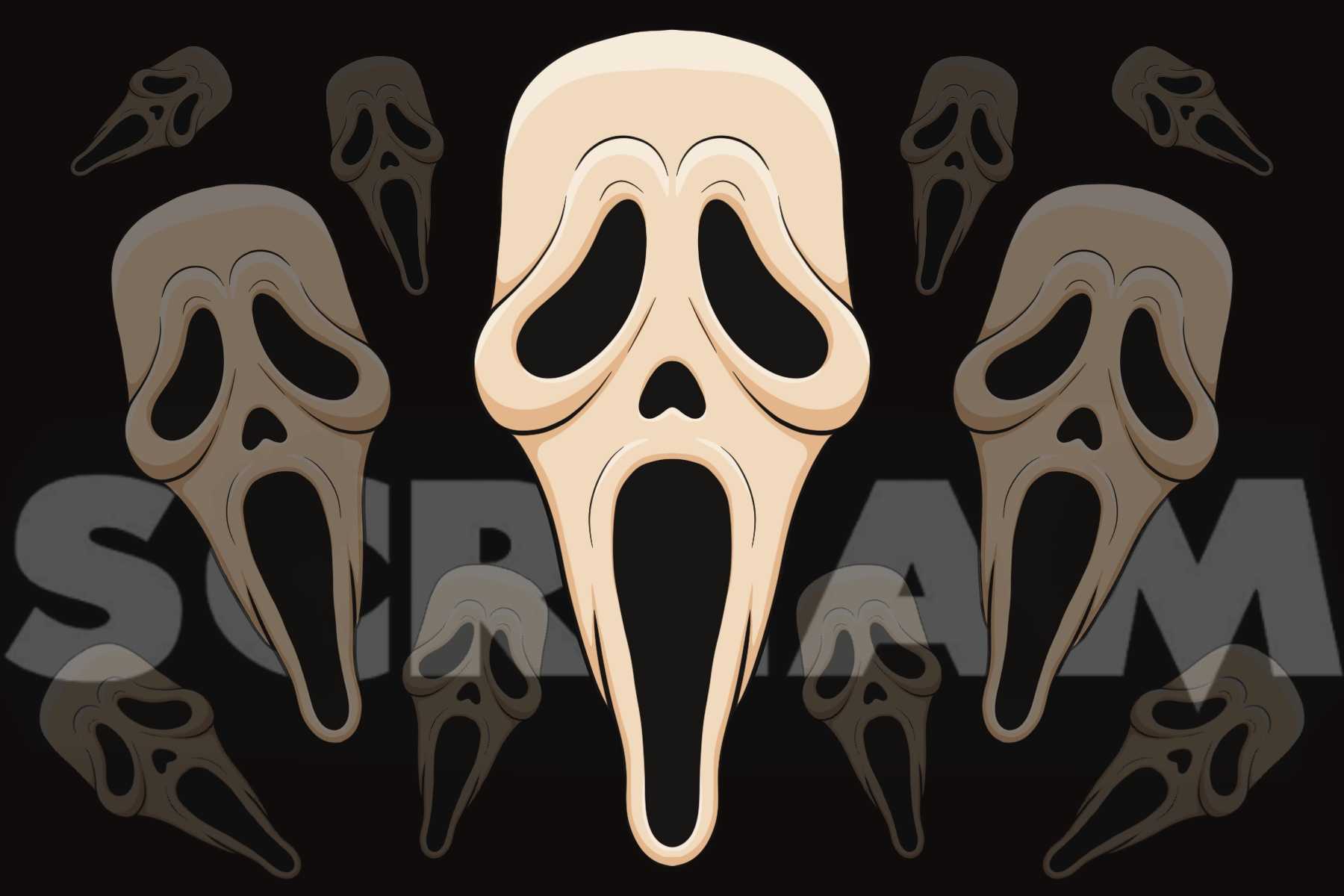

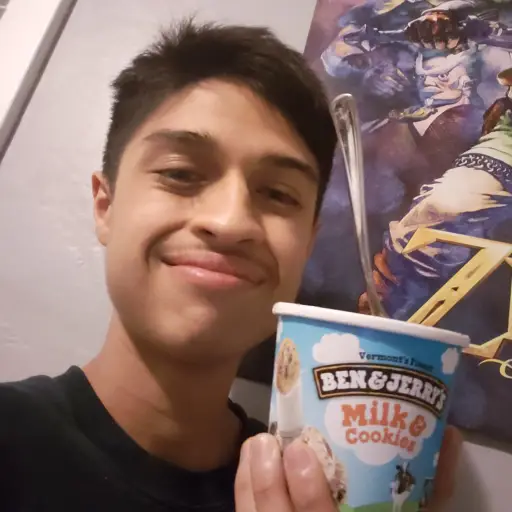

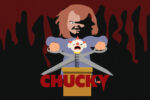

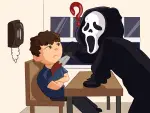
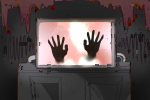








This plot development expanded the dark history of Sydney’s family. As for the third rule, it is only after Roman is shot in the head that he dies. Once again, the franchise successfully draws from established horror tropes escape road free.